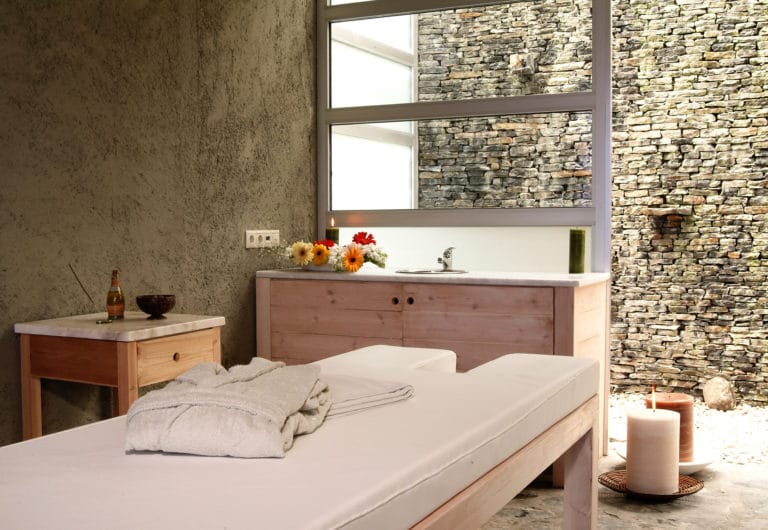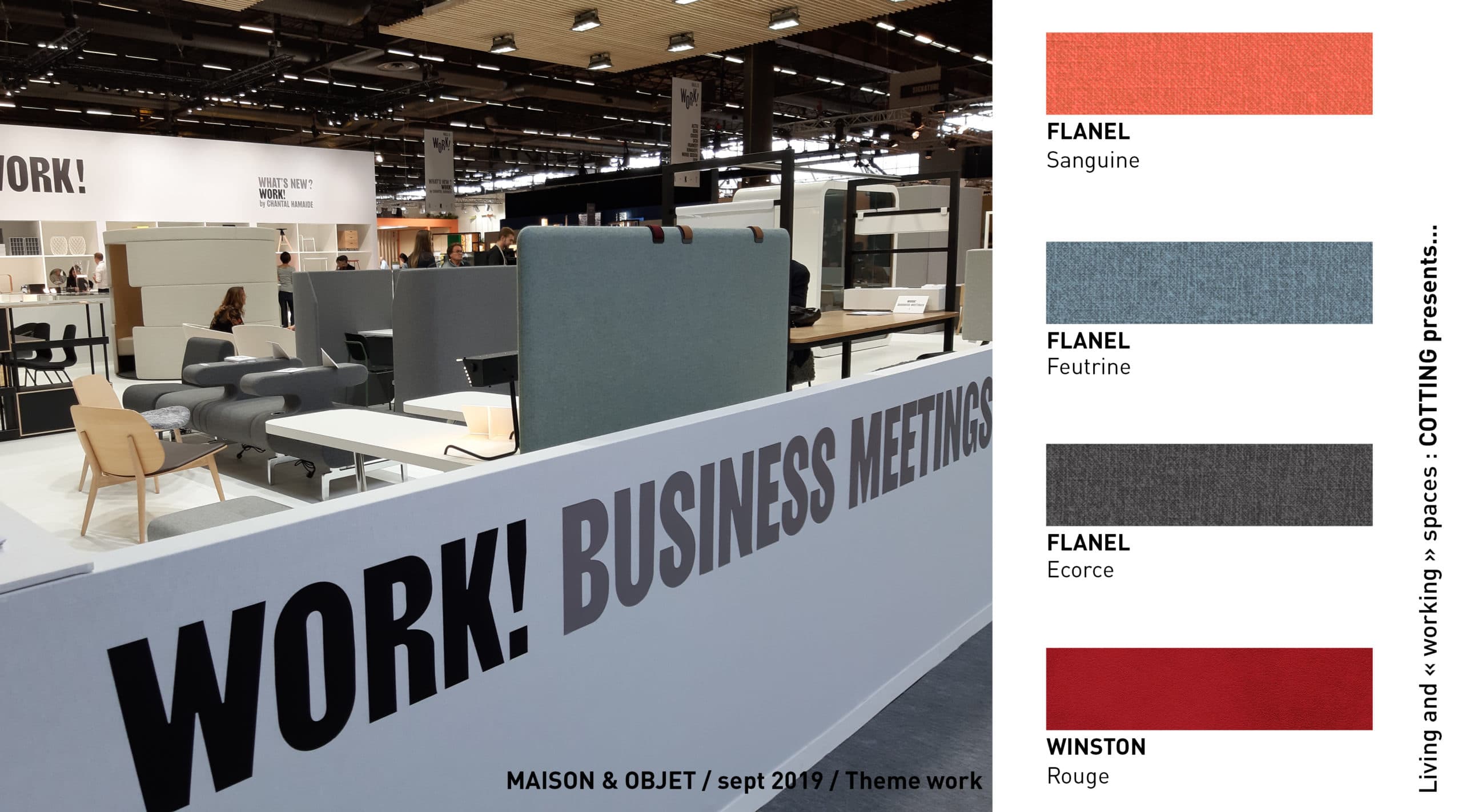Understand future generation aspiration to better adjust business organization
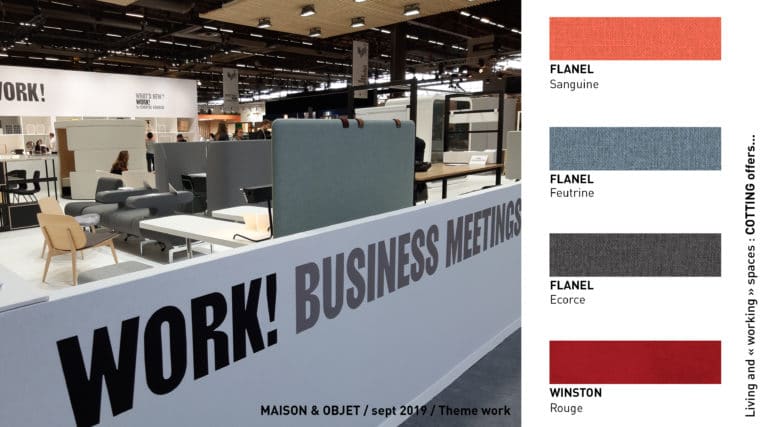
The breakneck technological, economic and social progress made in industrialised countries between 1945 and today continues to revolutionise the way we live. From a sociological perspective, the arrival of the internet and of reliable methods of contraception in the 70s and 80s were two of the many factors that overturned social codes and the way people think. In turn, baby boomers, Gen X and Gen Y then saw their own respective values and ways of living change. The most recent generations are more connected than ever and have grown up with principles based on negotiation, adaptability and listening. These generations think about, question and challenge human relations and changes in behaviour. The business world has not been left behind by these changes, and will have to adapt and take account of the need for hybrid workplaces, as one fact is already undeniable: according to statistics, occupancy rates for offices in the Île de France region vary between 50 and 60% (source: JDN, Flore Saulnier for Jones Lang Lasalle), and other studies have shown that 47% of hot-desking workers have no work space of their own. The hospitality sector is thus also very interested in this issue, and is offering an increasing number of mixed work/relaxation spaces. Adjustments to how the business work is organised to bring it into line with the lifestyles and consumer profiles of the 80s and 2000s generations will thus be welcome. But what are the main desiderata of future workers?
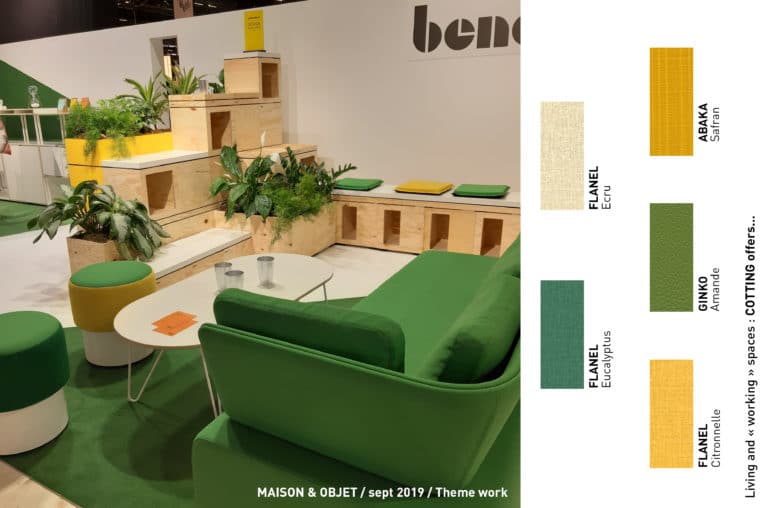
Need for a more collaborative approach:
Because we live in an ultra-connected society, we are seeing the appearance of the first generations to seek out more conviviality and sharing (outside social media).
- Coliving is a new type of sharing that involves hybrid locations, in which you both live and work. This is very much in demand, with private areas as well as common areas being sought after, which means there are plenty of locations to reinvent.
- Coworking continues to redefine itself. It represents a real challenge for tomorrow, and thus a real business: from “WeWork” in Paris, which covers 20,000 square metres of office space, to hiring out your own apartment to freelancers by the day, the solutions are legion.
- Modelled on “fab-labs”, “hackathons” and “hacker spaces” in the US, “hacker houses” are companies that accommodate engineers, designers, developers and business developers aiming to found their own startup. Their business space is specifically dedicated to creativity and innovation… These examples illustrate new trends that have repercussions on the design, organisation and layout of work spaces; the question is now one of sharing suitable spaces for tasks or assignments at different times of the day, based on everyone’s ad hoc requirements.
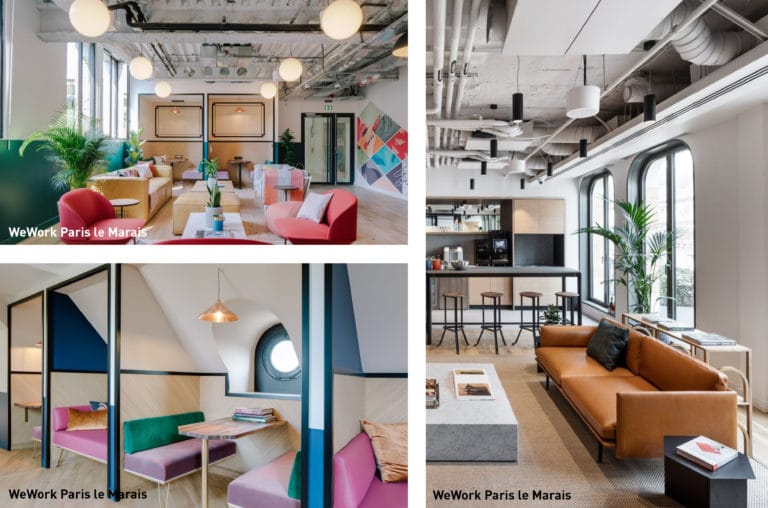
Need for adaptability: Beneficial compromises are a key expectation and thus a key request from young workers. Arrangements for flexible working times, the blurring of work/home boundaries, a reconsideration of the principle of employment and freelancing and even working by the task or by assignment are all subjects that require hybridisation and modularity. The famous concept of the open-space workplace, with no allocated seating and people free to sit anywhere, is no longer popular. Now, ‘flex offices’ are in demand, along with the personalisation of small, suitable work spaces. Modular office furniture and offices are therefore being developed, accompanied by secure storage spaces.
Need for durability: The latest generations are demanding an ecologically responsible culture of their companies. This is a serious issue, as studies show that the main criterion used by some people in deciding on which company to work for is the extent to which the company promotes its values.
Need for greater listening: For Generations Y and Z, living together includes living with previous generations, as well as accessibility for the disabled. We must be creative in how we adapt products and how we design spaces. In Washington, Starbucks is opening a sign language café, and IKEA is using 3D digital printing in Israel to rethink its range of furniture to suit disabled people. There is an enormous market at stake for anyone wanting to develop designs that are adapted or adaptable to everyone.
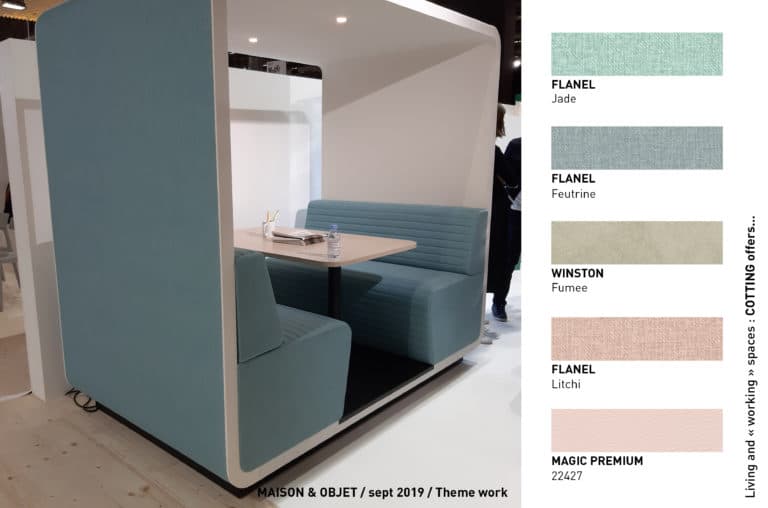
Need for greater listening: For Generations Y and Z, living together includes living with previous generations, as well as accessibility for the disabled. We must be creative in how we adapt products and how we design spaces. In Washington, Starbucks is opening a sign language café, and IKEA is using 3D digital printing in Israel to rethink its range of furniture to suit disabled people. There is an enormous market at stake for anyone wanting to develop designs that are adapted or adaptable to everyone.




